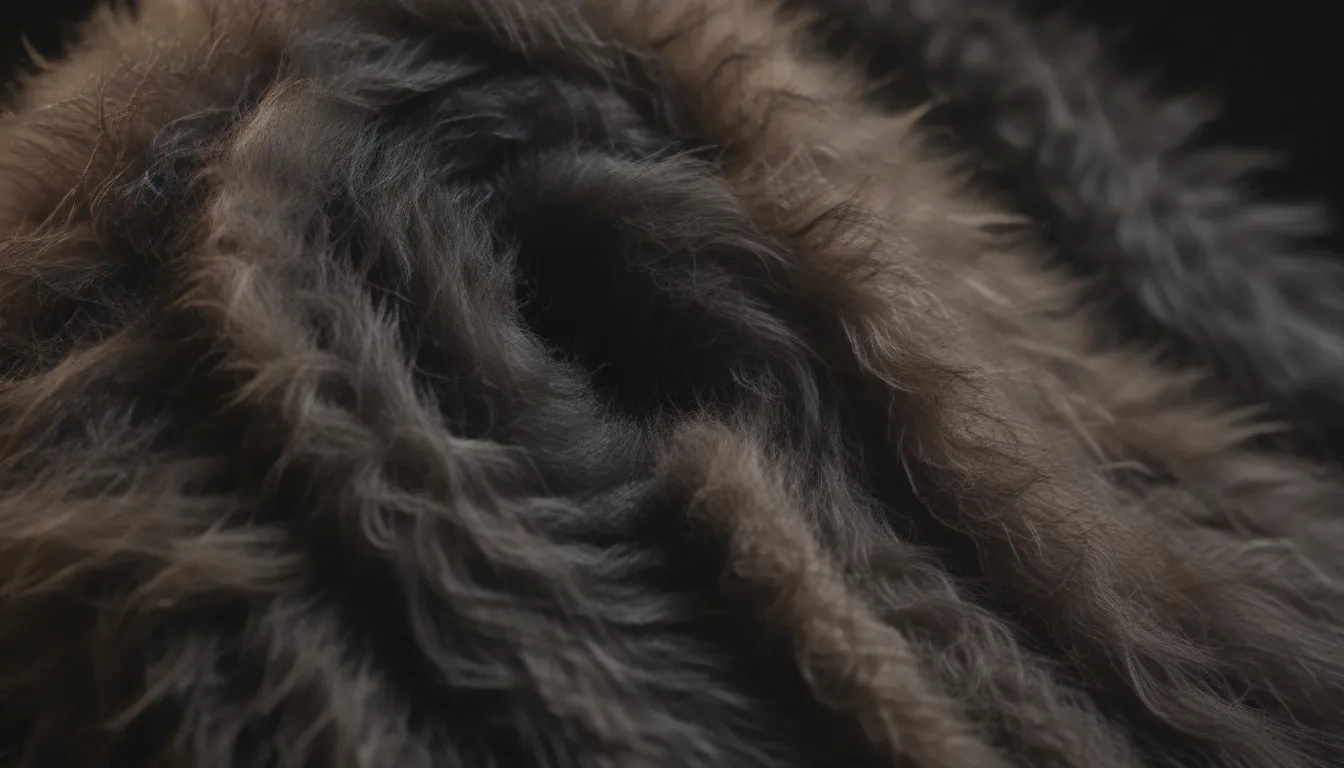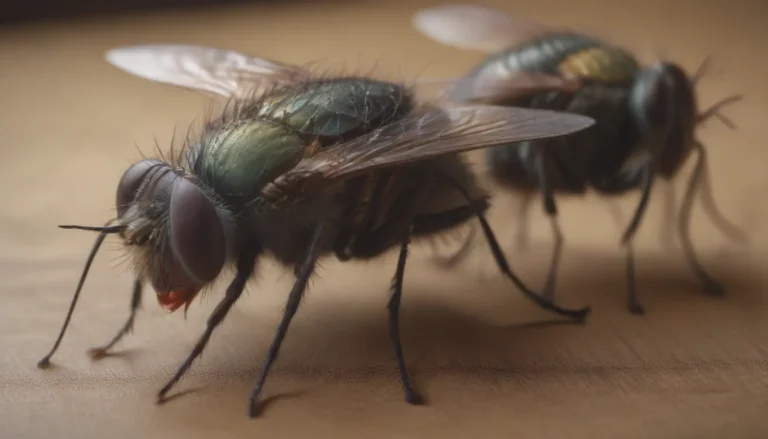Innovative Ways to Repurpose Dryer Lint: A Comprehensive Guide

If you’re like most people, you probably use a clothes dryer regularly, and as a result, you have dryer lint accumulating after each load. While it’s crucial to remove the lint from your dryer to prevent fires and maintain efficiency, did you know that you can actually repurpose and recycle this often disregarded material? Instead of tossing it in the trash, consider giving your dryer lint a new lease on life with these creative and eco-friendly ideas. Let’s explore five inventive ways to reuse and recycle dryer lint in ways you may not have considered before.
Why Repurposing Dryer Lint Matters
Before we dive into the fun and creative ways to repurpose dryer lint, let’s take a moment to understand why this humble material deserves a second look. By repurposing dryer lint, you not only reduce waste but also contribute to sustainability and resourcefulness in your daily routine. Instead of mindlessly discarding lint, consider the environmental impact of repurposing it in creative ways. Not only will you be reducing landfill waste, but you’ll also discover the hidden potential of a material that would otherwise go to waste.
Creative Ways to Repurpose Dryer Lint
Create Fire Starters
One of the simplest and most practical ways to reuse dryer lint is by turning it into fire starters. Since lint is highly flammable, it makes for an excellent material to help ignite fires easily. Here are two simple methods for creating DIY fire starters using dryer lint:
- Toilet Paper or Paper Towel Tubes: Pack dryer lint into a small section of toilet paper or paper towel tubing. The lint will catch fire quickly and help ignite kindling efficiently.
- Paper Egg Cartons: Fill the cups of paper egg cartons with lint and pour melted candle wax over the top. Once the wax hardens, cut the carton into individual fire starters. Simply light the edge of the cup to start a fire.
These homemade fire starters are lightweight and convenient for camping trips or backyard bonfires. By repurposing dryer lint in this way, you’re not only being resourceful but also reducing waste in a practical manner.
Stuff Small Crafts
If you enjoy crafting and DIY projects, consider using dryer lint as a filler for small crafts, ornaments, or toys. While lint is not suitable for items that require washing due to its compacting nature, it can add volume and texture to various craft projects. Get creative with your lint-filled creations and discover a new way to elevate your crafting endeavors using a material that is both readily available and free.
Prevent Soil Erosion and Weed Growth
While dryer lint may not be your first choice for gardening, it can actually serve a useful purpose in preventing soil erosion and inhibiting weed growth in your garden. Lint derived from natural fibers such as cotton, linen, and flax can be added to your compost pile to help enrich the soil and deter weeds. Simply scatter handfuls of lint over your compost pile, moisten it with water, and mix it in to provide an additional layer of protection for your plants. This innovative use of dryer lint demonstrates how everyday household waste can be repurposed to benefit your garden and the environment.
Spin Into Thread
For fiber artists and craft enthusiasts, dryer lint can be transformed into new thread or yarn for knitting and crochet projects. By spinning lint into thread, you can create unique textures and colors that add a personal touch to your creations. Experiment with natural dyes to enhance the color palette of your lint-based yarn and explore the endless possibilities of repurposing this versatile material in your fiber arts projects.
Use Dryer Lint to Make Paper or Papier Mache
One of the most creative ways to repurpose dryer lint is by using it to make paper or papier mache projects. This hands-on activity is perfect for group settings or solo craft sessions, as it offers a fun and eco-friendly way to create unique paper products. Follow these steps to make your own dryer lint paper:
Dryer Lint Paper Making Supply List:
- Old picture frames with window screen material
- Shallow pan
- Water
- Torn paper
- Blender
- Food coloring (optional)
Instructions:
- Create a paper drying frame by stapling window screen material around an old picture frame.
- Combine water, lint, and torn paper in a shallow pan to create a slurry mixture.
- Blend the slurry in a blender with additional water until smooth and mushy.
- Pour the paper mush into a large tub and repeat the blending process to create a thick layer of mushy water.
- Immerse the frame into the slurry, ensuring an even layer of pulp covers the screen.
- Allow the paper to dry on the frame before gently removing it for further drying.
- Once dry, peel the paper away from the fabric to reveal your homemade recycled paper.
By repurposing dryer lint into paper or papier mache, you can engage in a creative and sustainable art form that showcases the versatility of this often overlooked material. Whether you’re crafting greeting cards, sculptures, or decorative objects, dryer lint paper offers a unique medium for artistic expression.
Conclusion
In conclusion, repurposing dryer lint is a simple yet effective way to reduce waste, promote sustainability, and unleash your creativity. By exploring the various ways in which you can reuse and recycle dryer lint, you not only contribute to environmental conservation but also discover new possibilities for incorporating everyday materials into your daily life. From fire starters to crafting projects, soil enrichment to paper making, the potential uses for dryer lint are as diverse as your imagination. So, the next time you clean out your dryer lint trap, consider the endless opportunities for repurposing this often underrated material. Embrace the art of upcycling and transform your household waste into valuable resources with these innovative ideas for reusing dryer lint. Remember, the possibilities are endless when it comes to repurposing and recycling everyday materials – so why not start with your trusty dryer lint?





